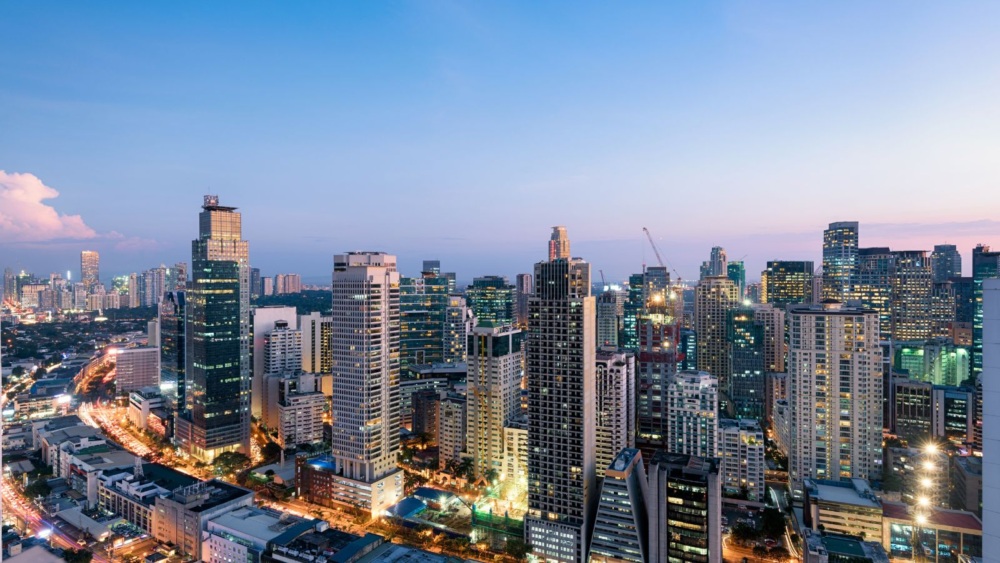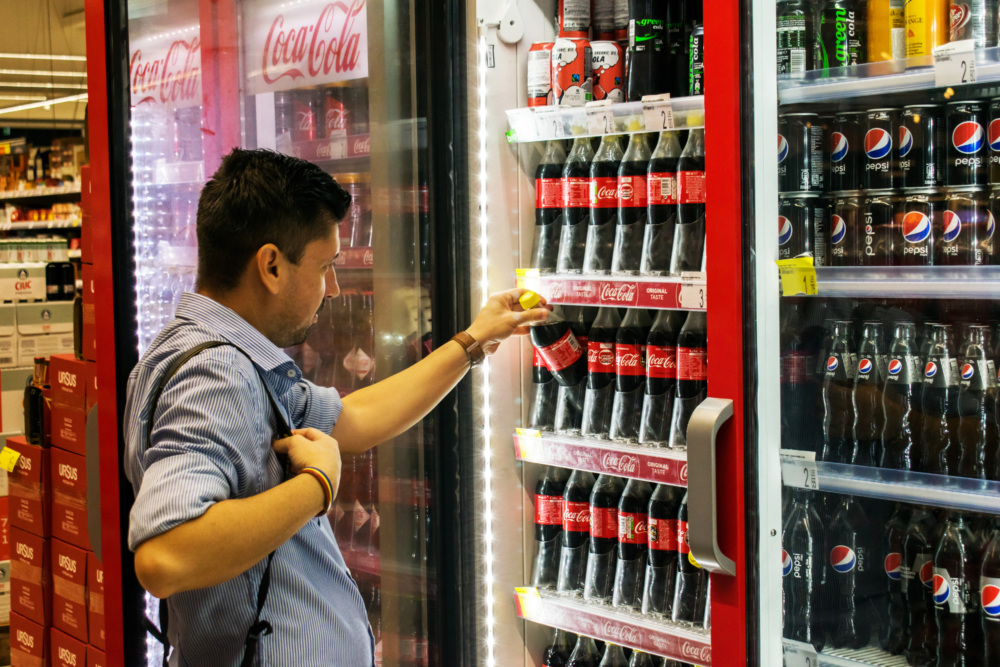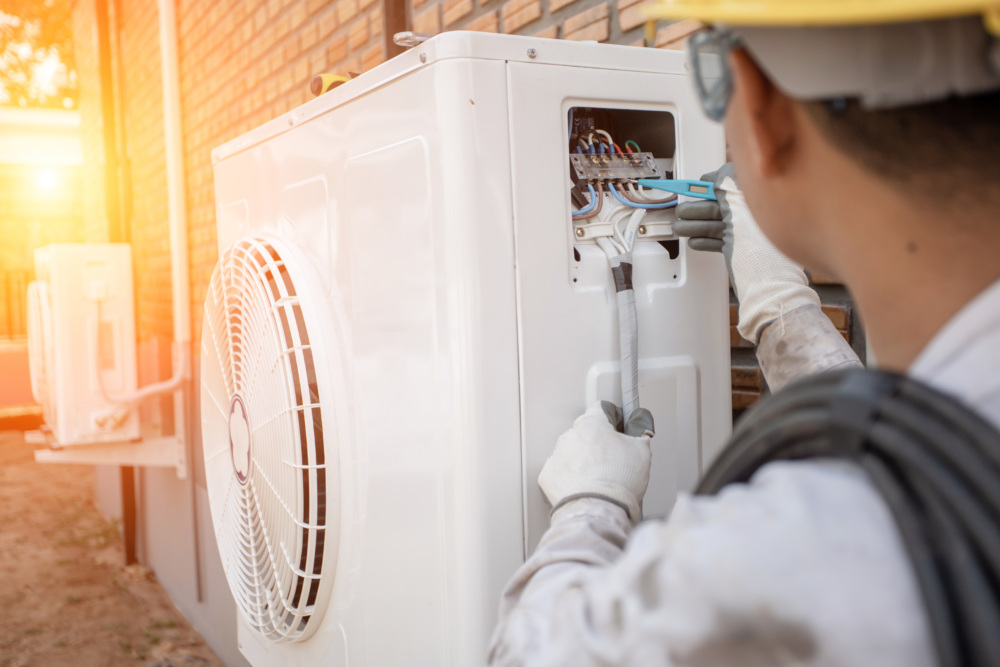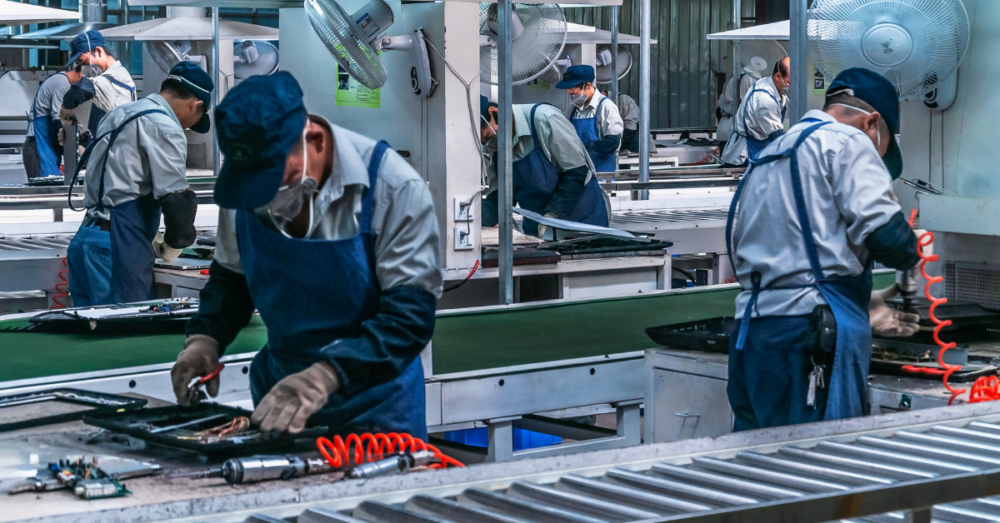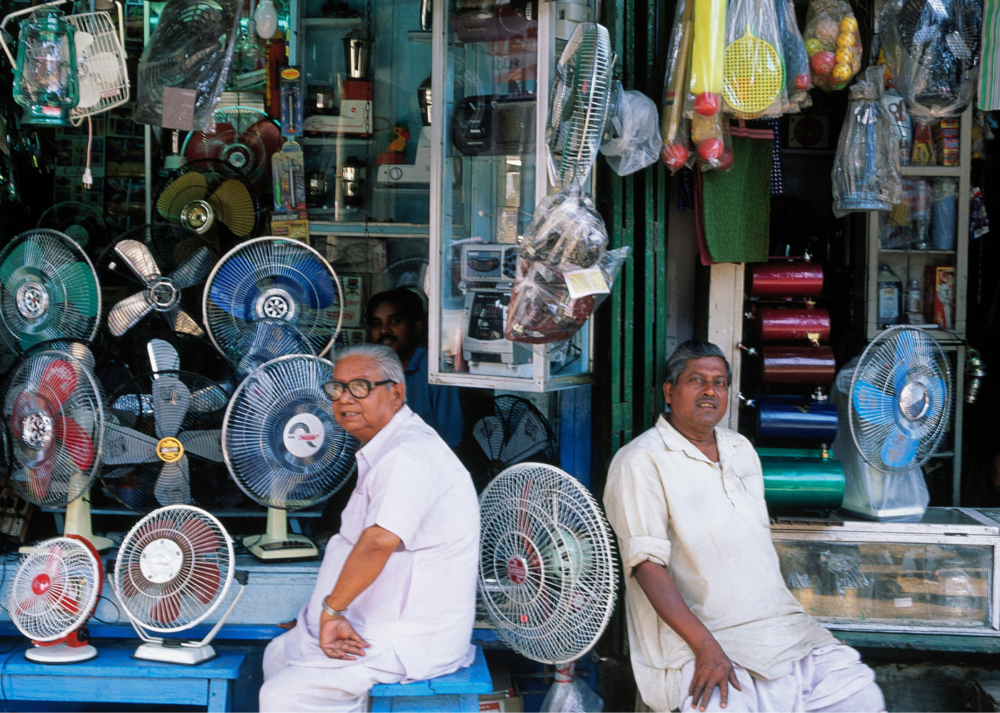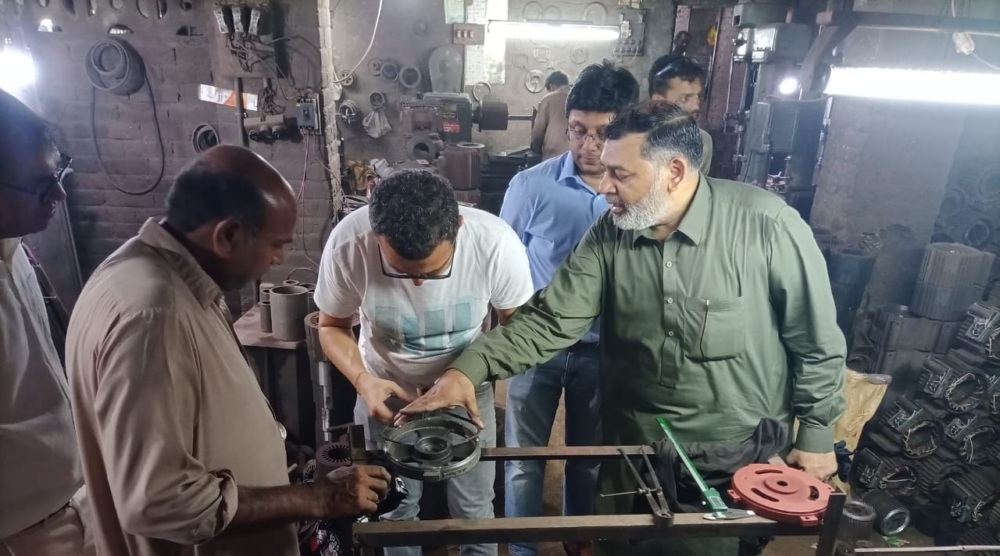New Research Quantifies Benefits of Proposed Indian Water Efficiency Standard
Increasing the water efficiency of taps and showerheads in India would avoid massive carbon dioxide emissions, in addition to reducing water stress during an ongoing crisis, new CLASP research has found.
Increasing the water efficiency of taps and showerheads in India would avoid massive carbon dioxide emissions, in addition to reducing water stress during an ongoing crisis, new CLASP research has found.
Plumbing fixtures that efficiently deliver water without wasting too much of the precious resource are an underutilized tool in mitigating climate change. Water efficiency policies can dramatically reduce hot water demand, and thus the energy used for water heating. Because they dispense large volumes of hot water, faucets and showerheads represent the largest opportunity for carbon avoidance from water fixtures.
In India, government projections show that water availability per capita will decline 13% between 2011 and 2025. While only 58% of households have individual access to piped water, the ongoing water crisis – compounded by rapid population growth and competing water uses – makes water efficiency an important means to reduce both water stress and climate emissions.
Recent research by CLASP, with partner Environmental Design Solutions, investigated the climate potential from water efficiency policy adoption in India. We analysed the existing policy and institutional environment, along with opportunities to introduce water efficiency policies and barriers to adoption.
Currently, the Bureau of Indian Standards (BIS) is developing a draft national policy for water fittings that would encompass taps and showerheads. Our analysis found that the policy would avoid 71 MT of CO₂ emissions and reduce water consumption by 7 trillion liters annually – enough to fill 2.8 million Olympic-sized swimming pools. The new report also recommends next steps in policy development, including the review of other relevant codes and regulations.
CLASP’s India report was developed following a global scoping study on water efficiency that ranks countries by the scale of climate impact potential and level of domestic focus, reflecting factors such as typical hot water consumption, pressure on water resources, and projected population change. Based on the global study, CLASP conducted in-depth assessments in India, Brazil, and South Africa.
Read more about CLASP’s support for efficiency policies for televisions and air compressors in India, developments in air conditioner policy adoption in Brazil, and our engagement on appliance efficiency in South Africa.

